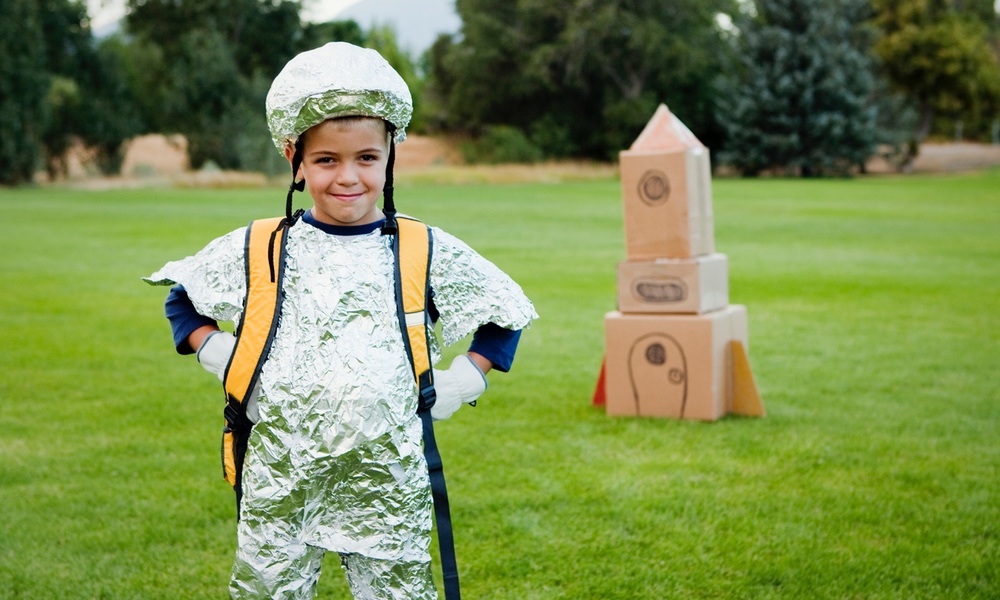Fantasy and pretending make up a significant part of childhood play. Kids fantasy worlds can be shared or private, based on real or made up experiences, acted out in games or take the form of storytelling. In some cases children's imaginary worlds have their own culture, language and religion.
These parallel fantasy worlds, or paracosms, are more common than most people tend to realize, new research finds. They are also not something parents should be worried about. In fact, the kids who create and become caught up in these worlds are strong storytellers. They are also often socially adept, collaborating with friends to create imaginary worlds.
“We didn’t expect [imaginary worlds] to be as common or as social as they were,” Marjorie Taylor, who led the research into kids' fantasy play, told TheDoctor. “A lot of kids enjoy thinking about imaginary worlds.”Parents worried about their children's imaginary friends will be relieved to know that kids' fantasy friends are associated with positive characteristics like creativity and storytelling, not negative ones.
In the first study, 37 boys and 40 girls completed five tests of their creativity, assessments of their coping strategies and verbal comprehension.
Of these 77 children, 44 reported thinking about an imaginary world and provided the researchers with descriptions. Seven of the girls and six of the boys described what the researchers considered to be fully developed paracosms.
“We thought these kids would look very different than other kids, cognitively speaking,” said Taylor, a professor emeritus of psychology at the University of Oregon. Instead, the researchers found that verbal comprehension and gender were unrelated to having imaginary friends or creating fully developed paracosms. The researchers had also thought children involved in fantasy worlds would be more creative and test higher in verbal comprehension. That was not the case.
The second study sought to replicate the first, but its design was more complex and included 92 children. Sixteen of the participants, 12 girls and four boys, created fantasy worlds; and 51 of the participants had created imaginary friends. Many of the children who created paracosms also created imaginary friends.
In both studies, children who created fantasy worlds came up with more creative endings to their stories than those who did not.
Unscheduled time is in short supply in too many children’s lives. Taylor advises parents to make sure their children have plenty of unscheduled time that doesn’t involve time spent online, because, “Left to their own devices, it is amazing what children can come up with!”
Parents worried about their children's imaginary friends will be relieved to know that kids' fantasy friends are associated with positive characteristics like creativity and storytelling, not negative ones.
The study is published in Child Development.





